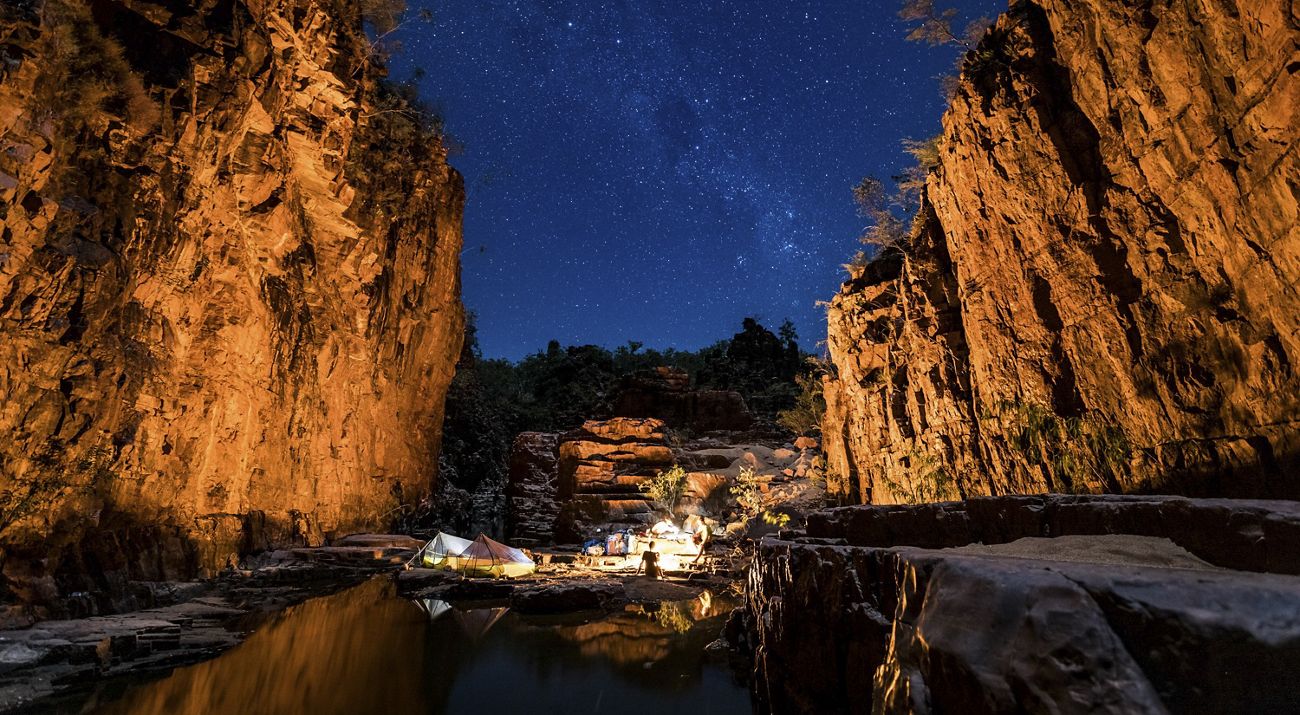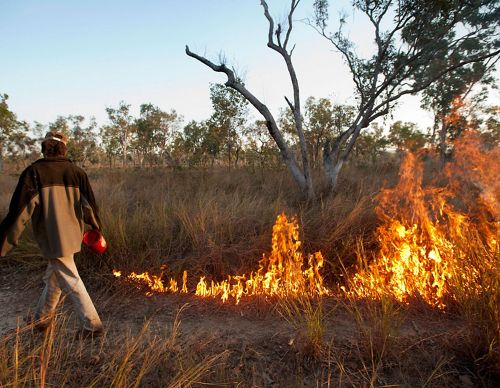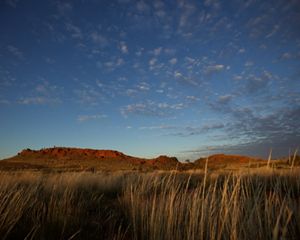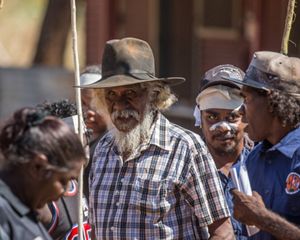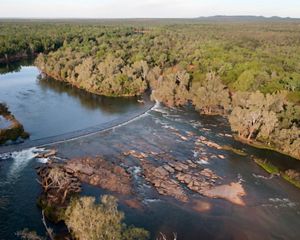How humans have impacted Australia's nature over time
A brief history of the impacts of Indigenous and non-Indigenous Australians on nature
Searing hot desert dunes, towering tall forests and dazzling coral reefs. These are some of the images that come to mind when thinking of Australia. These wild places help shape our unique identity as Australians living on a vast and wild land.
Many Australian landforms – like the banded ironstone ranges of WA – are billions of years old. The plants and animals that bring them to life, however, are much younger having undergone tremendous change over time.
Early Australian life
The Australian continent separated from Antarctica – its last connection to the ancient supercontinent Gondwana – 30 million years ago. Disconnected from the other continents, Australia evolved its own unique nature. This resulted in a diverse range of incredibly beautiful and often bizarre plants and animals.
So, what effect did the arrival of humans – Indigenous people and, much later, Europeans – have on Australian nature? And today, how are Indigenous Australians (Aboriginal and Torres Strait Islander peoples) conserving our shared natural heritage?
The First Australians
Human artefacts were recently found at Madjedbebe rock shelter in the Northern Territory. Dating these relics pushed back the recognised arrival date of humans in Australia to at least 65,000 years ago. In the context of human history, that's a remarkably long time. For comparison, it’s long before humans first arrived in the Americas just 14,000 years ago.
Over the last 65+ millennia, the coming and going of the last ice age had a significant impact on the evolution of life in Australia. But it wasn’t just this changing climate that effected nature. The land-use and cultural practices of the First Australians significantly shaped the environment too. And in turn the environment they lived in heavily influenced Indigenous peoples’ way of life.
One example of the dramatic changes in the environment over this time was the extinction of the Australian megafauna. As the name suggests, these were a range of giant birds, reptiles and marsupials. Animals like Diprotodon (the largest marsupial that ever lived, a sort of hippo-sized wombat) and Thylacoleo (the ‘marsupial lion’).
Indigenous connection to Country
Over this long period of time, Australia’s Indigenous peoples developed a deep connection with ‘Country’ – the land, sea, sky, rivers, sites, seasons, plants and animals that surround them. And it’s no wonder. A landmass as diverse – and in many cases as harsh – as Australia, demanded it. The First Australians had to form a deep understanding of the natural environment in order to survive.
Quote: Rene Woods
The First Australians had to form a deep understanding of the natural environment in order to survive.

Beyond mere survival, these Indigenous cultures – rich in art and cultural practices – demonstrate time for reflection, fun and story-telling. A significant economic connection also developed. Harvesting and trading food and other resources added economic dimensions to Indigenous relationships to Country.
Another key part of Indigenous connection to Country is acquiring and passing on knowledge. Indigenous land and sea management is based on an extensive system of Indigenous ecological knowledge built up over millennia. This system is similar to modern-day ‘adaptive management’ with an emphasis on feedback learning, and dealing with the uncertainty and unpredictability of ecosystems.

Life in Australia’s harsh environment
Australia is extremely old even compared to other continents. Ancient landforms and very old rocks mean the soils are poor. While this low fertility meant low productivity, it's also what led to an extremely high diversity of native plants. Aboriginal people took advantage of this high diversity and many different plants and animals provided them with food. However, the low productivity of the land meant staying in one place for long was tough. In response many Aboriginal groups adopted a partly nomadic, hunter-gatherer lifestyle. As food sources declined in a certain area, people moved on to new parts of their Country. In some places, this movement was in time with the seasons.
The Australian form of this ‘hunter-gatherer' lifestyle included some important and unique elements. For example:
- A complex but well understood system of community-based ownership and management of Country across the continent.
- Careful fire management to boost productivity of the land and protect important cultural sites. For example, burning an area to stimulate fresh kangaroo grass for seed production.
- Agricultural elements such as grain storage, and fish farms.
- Trading practices between neighbouring groups and across huge distances.
- A strong connection between resource management and cultural practices including the importance of passing knowledge down through the generations.
The importance of fire
Fire was, and still is, a critical factor in the lives of Aboriginal Australians and the health of the natural environment. The ability to command fire and use it in camp for cooking food and for keeping warm during cold nights, was crucial for survival. But more importantly, fire was also used across the landscape for a variety of purposes.
Deliberately lit fires;
- flushed out animals for hunting,
- cleared the way to make it easier to move from place to place, and
- ensured resources were abundant, convenient and predictable.
This methodical burning of the countryside resulted in a mosaic of habitats in various stages of post-burn recovery. It also meant that wildfires caused by lightning strikes weren’t so destructive or extensive. A wildlife with less grass and wood to fuel it, is less destructive. One that burns out by coming up against recently burnt ground, is less extensive.
The importance of fire
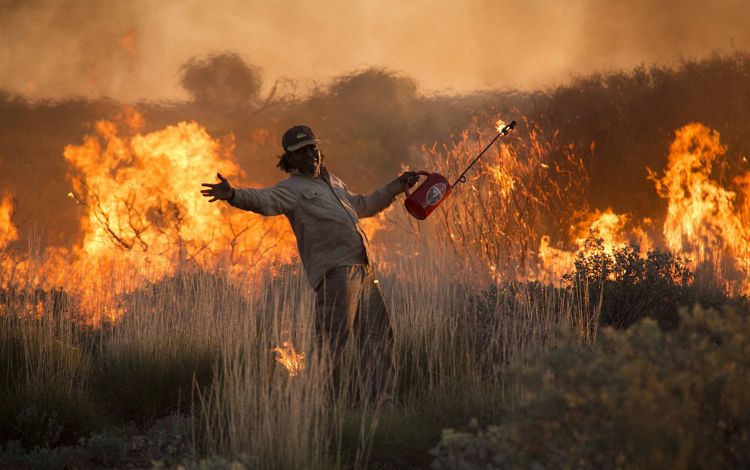
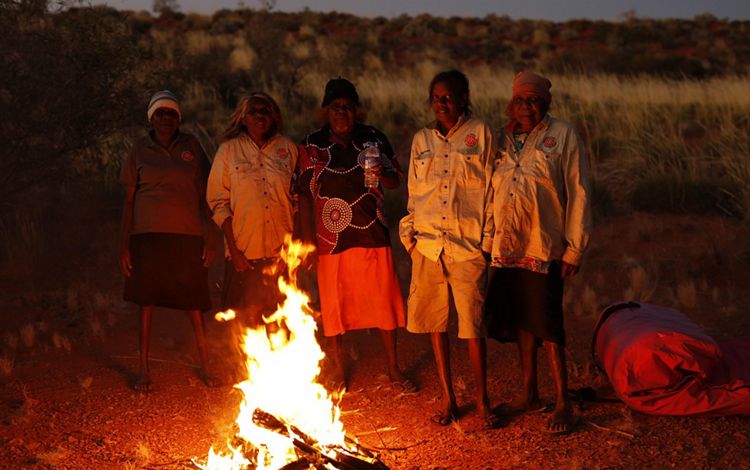
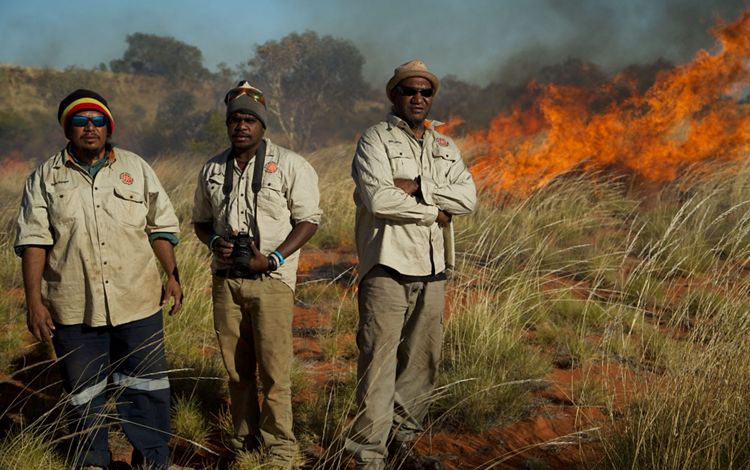

Adapt or perish
Over the 65,000 years leading up to the late 18th Century AD, this human occupation meant Australian nature either adapted to the changing conditions or, like most of the megafauna, became extinct. Adapting to fire was essential for species to persist. Some species went even further than just tolerating fire.
Many Australian plants actually depend on fire for their survival. For example the banksias and in turn the animals that depend on them like the Honey Possum and Carnaby’s Black-Cockatoo. Only after a fire will banksia cones release their seeds into the ash-rich soil. Seedlings are then free to grow in the absence of other competing foliage.
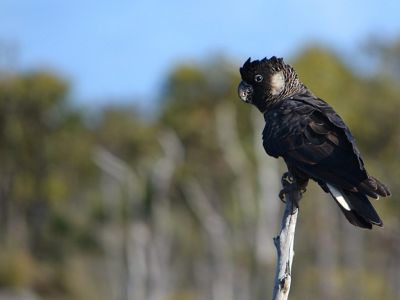
How the arrival of Europeans changed the Australian environment forever
And then came ‘whitefellas’.
Though there had been earlier visits, the first Europeans arrived to settle in Australia in 1788. At this time, up to 700,000 Aboriginal people lived on the continent in up to 600 different tribes or clan groups.
These groups had distinctive cultures, beliefs and languages with complex relationships and trading routes across the continent. Despite this obvious fact, Australia was proclaimed Terra Nullius (‘no-one’s land’). And so began the process of taking land away from its Traditional Owners and their subsequent displacement from Country and culture.
The arrival of Europeans brought diseases that Indigenous people had no resistance to. Because of this and various forms of persecution by early settlers, the Indigenous population suffered terribly. By 1900 the population of Indigenous Australians had fallen to around 93,000. (By 2011, the number of Aboriginal and Torres Strait Islander people in Australia had risen to 670,000 – 3% of the total population of Australia.)
With the arrival of Europeans, the rate of environmental change increased at an unprecedented rate and scale. New ways to exploit the land were introduced.
- Widespread land clearing for agriculture and urban development occurred.
- Mining and timber harvesting extracted resources like never before.
- An end to Indigenous fire management caused huge disruption.
- Non-native species including rabbits, foxes, cats and later camels inflicted massive damage especially to small- to medium-sized mammals.
Changes to the environment brought about by European settlement vary greatly over different parts of Australia. Some parts have seen huge changes, with landscapes almost entirely converted to towns, cities or farms. Others remain relatively intact with fewer major changes to the natural environment in the last 200 years.
In Western Australia, for example, the Western Desert and parts of the Kimberley remain relatively healthy. This is thanks to the almost continuous occupation and management of these lands by their Traditional Owners (Martu people and Nyikina Mangala people, for example, respectively). The Great Western Woodlands, are also relatively healthy with Traditional Owners like the Ngadju and Esperance Noongar peoples reaffirming their connection with this Country. Australia’s northern savanna woodlands are also vast and relatively intact.
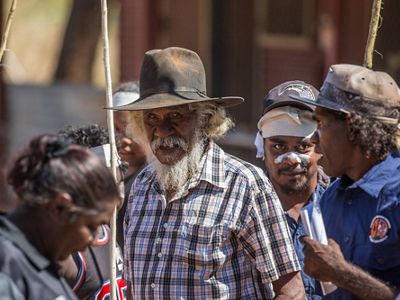
Conversely, regions like WA’s south-west (home of the Noongar people) and south-central Victoria (home of the Wurundjeri people) have undergone major changes. The result of extensive agriculture and urban development in these areas has led to prolonged dislocation of Traditional Owners from their Country. Interestingly, in these locations government agencies are attempting to reinstate more careful management of fire with similarities to traditional management practices. Their aim is to protect property and benefit fire-dependent ecosystems.
Aboriginal land rights and recognition – hope for the future
In 1967, over 90% of Australian voters said ‘yes’ to changing the constitution to include Aboriginal and Torres Strait Islander peoples in the census. The overwhelming referendum result removed some constitutional discrimination against Indigenous Australians, but it did not recognise them as the nation’s first peoples.
In more recent times, some further positive steps towards Aboriginal reconciliation have taken place.
In 1993 the Native Title Act began the long and difficult process (not available to all Indigenous people) of recognising Aboriginal rights to land and restoring control and management rights where possible. In more recent years government support for initiatives like Indigenous ranger programs have also been positive. Aboriginal rangers now restore and care for vast areas of land and water across Outback Australia.
Symbolic events such as Sorry Day (since 1998) and the National Apology for the Stolen Generations in 2008 have also helped heal some of the wounds inflicted upon Aboriginal people.
The campaign for Recognition of Aboriginal and Torres Strait Islander peoples in the Australian Constitution continues.
Part of the solution for a more positive future for Indigenous Australians, and for conservation, is the reconnection of Indigenous communities with Country. Opportunities for this have been greatest in the more remote parts of Australia. There, often rights to large areas of land have been restored to Indigenous people through Native Title and other forms of ownership. But all across Australia, including urban areas, Indigenous communities are finding ways to restore their connection to Country. They’re re-building livelihoods and restoring cultural practices. With this greater connection comes improved health for their communities and for their lands and waters.
The Nature Conservancy invests heavily in creating and supporting these opportunities. We recognise the multiple benefits that come from having Indigenous people play a stronger role in natural resource decision-making and management.
Partnering for conservation
Without doubt, the arrival of humans in Australia – Indigenous and non-indigenous – had a profound effect on the natural environment. It is important to understand, however, that these impacts occurred over vastly different timeframes and in very different ways. Learning from these histories, all Australians working together will be able to achieve better nature conservation outcomes.
Indigenous people across Australia are playing a major role in 21st Century conservation. Often this is in partnerships with the Australian Government, state and territory governments, corporations, and environmental NGOs (like The Nature Conservancy). Indigenous communities are managing vast areas of Australia for conservation. This includes working on traditional lands and seas that fall under modern-day National Parks, pastoral stations, Marine Parks, Native Title lands, Indigenous Protected Areas and others.

The Nature Conservancy works with a range of Indigenous partners to support them in their efforts to reconnect with Country. In this way we work together for improved socio-economic outcomes for people AND for better outcomes for nature.
You can read more about these past and present Indigenous-led conservation projects below.
